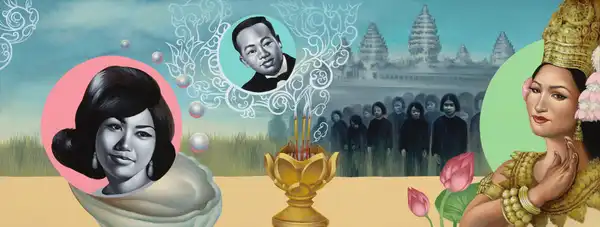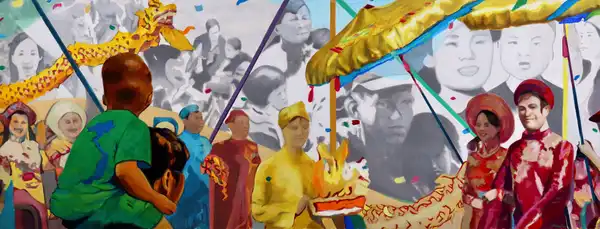Lesson Plan, Professional Development, Unit Plan, Teaching Guide Hmong History & Cultural Studies Model Curriculum
- Grade Level K-12th Grade
- Date Published Jun 2024
- Time Period Prior to 1800s - Present
Introduction
The Hmong History and Cultural Studies Model Curriculum (HHCSMC) is a set of open-source lesson plans, primary source documents, planning resources, teaching strategies, and professional development activities designed to enhance existing courses or support educators in course development. Curriculum development was driven by community voices as per Assembly Bill 167. External organizations and local education agencies that serve the communities of interest hosted multiple opportunities for engagement. During listening sessions, participants explain what content they would like to see in model curricula. Engagement session feedback informs the choice of topics for the curriculum projects. Collaborators included researchers, writers, and community members, many of whom have Hmong ancestry. The curriculum is designed to assist K–12 educators in teaching about the histories and cultures of Hmong. This includes:
• The history of the Hmong people who lived in Laos, Thailand, Vietnam, and China.
• The history of the Hmong migration to the United States and California, as well as other parts of the world.
• Cultural beliefs, practices, and traditions of the Hmong people, including, among other things, Hmong New Year celebrations, marriages, newborns, and funerals.
• Contributions of the Hmong people to California and the United States.
• The contributions and sacrifices of the Lao-Hmong and other Southeast Asians who served in the ‘Secret Army’ in Laos, which was funded by the United States Central Intelligence Agency.
Essential Questions
How do we understand the varied worldviews of peoples in Hmong communities?
How do displacement and war shape Hmong histories and migration?
How do Hmong communities experience displacement, refugee camps, and resettlement?
How do Hmong people build and sustain community and belonging?


